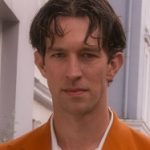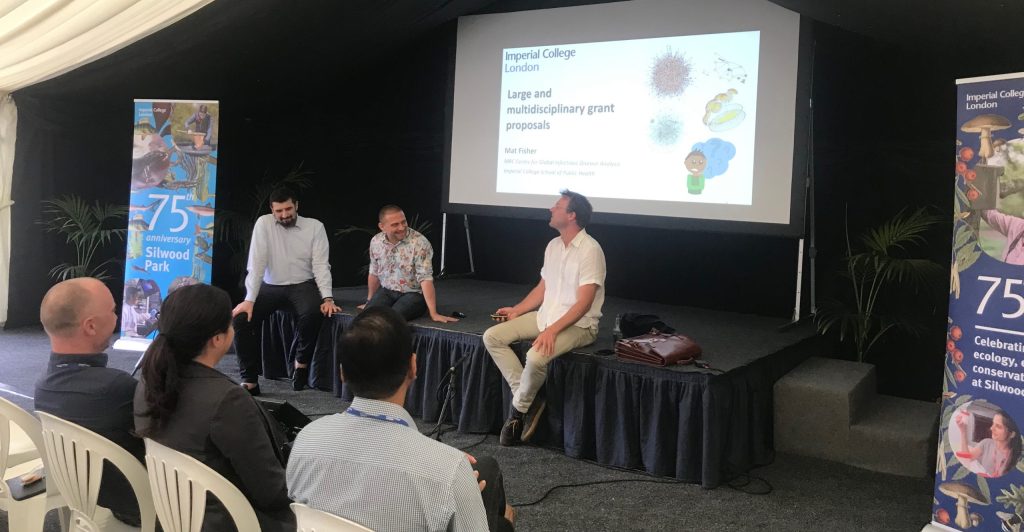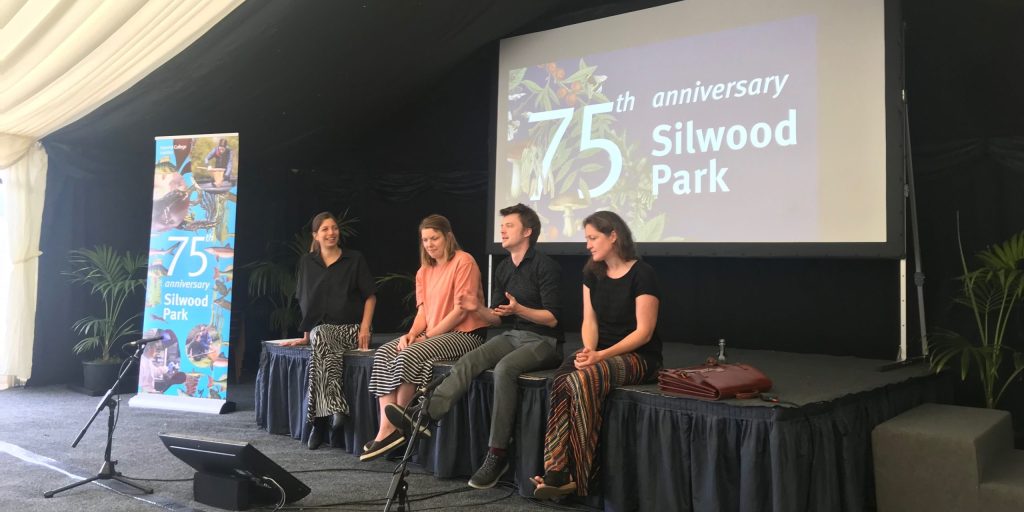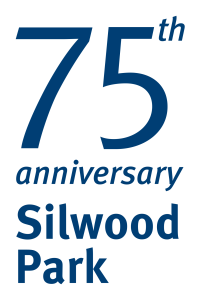 Dr Adam Sykulski is a Senior Lecturer in the Statistics section of Imperial’s Department of Mathematics. He recently attended an Environment and Sustainability theme event at Silwood Park, organised as part of Silwood’s 75th Anniversary celebrations.
Dr Adam Sykulski is a Senior Lecturer in the Statistics section of Imperial’s Department of Mathematics. He recently attended an Environment and Sustainability theme event at Silwood Park, organised as part of Silwood’s 75th Anniversary celebrations.
In this post, Dr Sykulski reflects on why he attended the event, what he took away – valuable information about funding strategies, grant applications and potential collaborators – and reasons why researchers at all career stages should engage.
By Dr Adam Sykulski
My research is in mathematical statistics with a focus on data that are spatiotemporal – in other words, data that are collected at multiple instances over space and time and are in some way connected. Such mathematical challenges, while interesting in their own right, truly come to life when they find an application domain to work closely with. In my view, there isn’t a more natural domain for this than the environmental sciences! As I’ve aimed towards such a collaboration to help build the impact and usefulness of my research, over the years I’ve been drawn to working with oceanographers.
Of course, the statistical challenges in oceanography – modelling plastic pollution, oil spills and global warming, for example – are pressing and important. What really drew me in as a statistician, however, were the fascinating physical structures that underpin oceanographic data, but are in reality contaminated by observational noise and uncertainty, thus requiring a cross-disciplinary approach to resolve the scientific challenge.
Playing in other people’s backyard: taking my stats to Silwood

I attended the Environmental theme event at Silwood Park for two reasons. First of all, I’m looking to translate my cross-disciplinary research to other parts of the environmental sciences both within and beyond oceanography. As Tukey once said, “The best thing about being a statistician is that you get to play in everyone’s backyard” – so this was a great opportunity to do just that, and to explore the breadth of environmental and sustainability-related research taking place there.
Secondly, many moons ago I was a student (in mathematics) at Imperial and recall my biology friends in halls talking of going to Silwood for various field trips and experimental work. I confess I had no idea back then where Silwood Park even was (and in fact didn’t until a week before this event!), so I was simply curious partly for nostalgic reasons, as well as looking forwards, to see what the Silwood campus really looks like.
For new starters at an institution such as Imperial I think such events are incredibly valuable, whatever career stage they are at. At this event, for example, I was pointed in the direction of several people across FoNS who I should contact regarding potentially overlapping research. For this reason, I also think it’s valuable (and in some sense also a duty) for long-established staff at an institution to get involved in these events – they can point the new starters in the right direction, and indeed, may be the beneficiaries themselves! More generally, I think science is always evolving, and such events can cause all of us to reflect upon and influence our own personalised research journeys and how they fit in the bigger picture.
What did the day look like?
The day was structured in three parts. The first was a morning presentation and Q&A from senior Professors at Imperial (Nick Voulvoulis, Guy Woodward and Matthew Fisher) who gave both a personalised and general overview of the funding scene in environmental and cross-disciplinary research. This was particularly helpful, as I learnt about pots of money and funding strategies that I wasn’t aware even existed. I was also very encouraged about opportunities for earlier-career researchers to get involved, including in big grants, and especially by utilising a cross-disciplinary approach.

The second part was an afternoon Q&A session with some top earlier-career researchers at Imperial (Drs Emma Ransome, Emma Cavan and Will Pearse) who provided a complementary and equally valuable perspective on the funding horizon, as well as their own personal journeys. Lots of useful advice was given including how to approach and seek collaborations and repurpose and repackage failed bids, rather than just being discouraged by the rejections!
The third aspect of the day were the ample networking opportunities, including a guided tour of the campus by Deputy Head of Life Sciences, Professor Guy Woodward. I left feeling motivated to come to more College networking and cross-disciplinary activities across the Imperial campuses.
The value of engaging beyond your group, department and field of research
It’s a two-way relationship. As statisticians we gain motivation and focus on building methodologies that are relevant and useful in the real world, and not just mathematically intriguing. For the environmental scientists, I think they gain valuable insight and new perspectives in analysing the complex data sets they are gathering. Overall, however, it is the science that wins from this approach, and I think funding bodies as well as industries are increasingly recognising this.
It’s always easiest to start with the difficulties of course: the technical jargon is different across disciplines making conversations difficult, publication pressures within disciplines focus on a narrow set of journals which are distinct and non-overlapping, and peer-review of cross-disciplinary research and grants needs to satisfy at least two communities of reviewers yielding more opposition and reasons to reject. These I’m sure are familiar to many, and others would add more. However, my experience working with oceanographers, despite these aforementioned challenges, has been overwhelmingly positive. I think this was for two reasons: I was intellectually curious by the other discipline and was unafraid to ask (seemingly) dumb questions, and then I found collaborators who likewise seemed intrigued by what my discipline could offer. This willingness to communicate ensures you can quickly establish whether a collaborative idea that is good on paper can actually translate to something that works (or equally valuable, can quickly establish if something won’t work and you swiftly move on). Once you truly find a cross-disciplinary solution that works the benefits outweigh the costs – you often get extra publications not fewer, as both disciplines will want to hear about it, thus expanding your audience, and likewise with grant success.
Tapping into the FoNS research themes
I’m new to Imperial, having just started as a Senior Lecturer in July this year, so at this point I’m keen to know more! A quick look reveals four themes, which I could see potentially getting involved in, and indeed probably these themes might sometimes overlap. There is, for example, a big movement in the direction of using data science in environment and sustainability. I’ll be keeping an eye on the FoNS newsletter for future events taking place. I think one thing that is important is connecting the bigger research themes that take place with the successful lower-level research collaborations that take place regularly across the Faculty. If an interdisciplinary MSc supervision takes place between, for example, maths and biology, can we pick up on this and grow it into something bigger via FoNS initiatives?
I attended the event with Dr Oliver Ratmann, and together we represented Imperial’s Statistics section. The Stats Section is keen to scope out future research opportunities in the environmental sciences and towards tackling climate change: if you’d like to chat or find out more about our work, please get in touch with one of us:
A special place
 The rural landscape at Silwood is vast – beautiful, historic, and in a way, mystical. It’s nice for the eyes to take in so much beautiful greenery while strolling around. The history is intriguing – both its life before becoming part of Imperial and how it has evolved since; and mystical because of the research that has and does take place, ranging from nuclear research in the past to current research in bees, botany and birds to name but a few.
The rural landscape at Silwood is vast – beautiful, historic, and in a way, mystical. It’s nice for the eyes to take in so much beautiful greenery while strolling around. The history is intriguing – both its life before becoming part of Imperial and how it has evolved since; and mystical because of the research that has and does take place, ranging from nuclear research in the past to current research in bees, botany and birds to name but a few.
Thanks to everyone who ran the event, especially Ester Buchaca-Domingo from our FoNS Research Strategy team for being so welcoming.
Congratulations to Silwood Park for the 75th anniversary!
Find out more
The FoNS research themes aim to get academics together to write strong proposals that address societal issues across the broad areas of:
If you have any questions, or would like to be added to one or more of the theme Teams channels to keep up to date with news and opportunities in that area, email Dr Ester Buchaca-Domingo (internal FoNS academics only).
Find out more about our Silwood Park campus and get involved in its upcoming 75th celebrations.